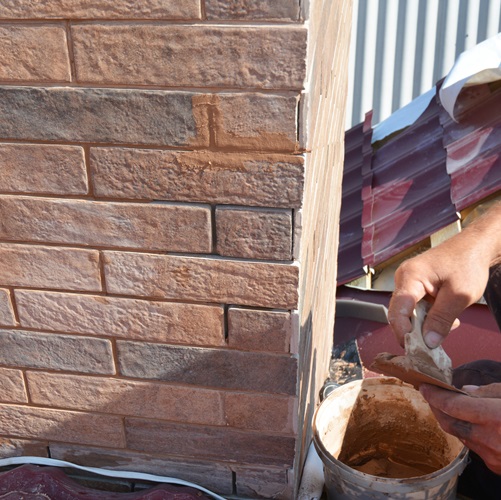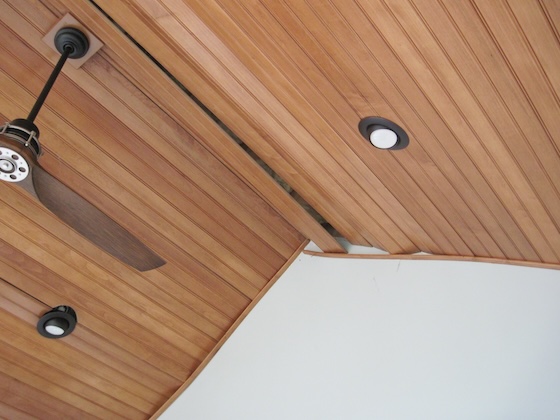
Signs of Chimney Damage
When it comes to your home’s chimney, it is important to be aware of any signs of damage that may be present. These signs can indicate potential issues that need to be addressed in order to ensure the safety and functionality of your chimney. One such sign is the presence of cracks or deterioration in the chimney structure. These may be visible on the exterior of the chimney or even inside the flue. Cracks can not only compromise the structural integrity of the chimney but also allow moisture to seep in, leading to further damage over time. Another sign to look out for is the presence of loose or missing bricks or mortar. This can also indicate a problem with the chimney’s structure and should not be ignored. If you notice any of these signs, it is important to take action and have a professional chimney inspection to determine the extent of the damage and the necessary repairs needed.
In addition to visible signs of damage, there are also some indicators that can be observed inside your home. One such indicator is the presence of smoke entering your home when the fireplace is in use. This can be a sign of a blocked or damaged chimney flue, which can lead to not only smoke but also dangerous carbon monoxide entering your living space. Another interior indicator is the presence of a strong, unpleasant odor coming from your chimney. This can be a sign of creosote build-up, which is highly flammable and can increase the risk of a chimney fire. If you notice either of these interior indicators, it is essential to have your chimney inspected and cleaned immediately to avoid any further complications or hazards. Being vigilant and proactive in recognizing these signs of chimney damage is crucial for maintaining the safety and efficiency of your chimney.
Identifying Chimney Issues
One of the most common signs of chimney damage is the presence of cracks or holes in the chimney structure. These can be seen from both the inside and outside of the chimney. It is important to regularly inspect your chimney for any visible damage, as these cracks and holes can potentially lead to more serious problems if left unaddressed. Another indicator of chimney issues is the presence of loose or deteriorating bricks or mortar. Over time, exposure to extreme weather conditions can cause the bricks and mortar to weaken and crumble, compromising the overall integrity of the chimney. If you notice any loose or deteriorating bricks, it is crucial to address the issue promptly to prevent further damage and ensure the safety of your chimney.

Visible Warning Signals
One of the key indicators of potential chimney damage is the presence of cracked or crumbling bricks. This visible warning signal can suggest structural issues within the chimney that may require immediate attention. In some cases, the cracks may be small and barely noticeable, while in others, they can be large and extend along the entire length of the chimney. Regardless of size, any signs of brick deterioration should not be overlooked, as they can lead to more significant problems if left unaddressed.
Another visible warning signal to be aware of is the presence of water damage around the chimney. This can manifest as discoloration or staining on the walls, ceilings, or even the chimney itself. Water damage can occur due to a variety of reasons, such as leaks in the chimney flashing or damaged chimney caps. If left unattended, this can result in the deterioration of the chimney’s structure and the surrounding areas, leading to costly repairs in the future. Therefore, it is crucial to address any visible signs of water damage promptly to prevent further deterioration and potential safety hazards.
Structural Concerns
When it comes to chimneys, structural concerns can pose serious risks if not addressed promptly. One common issue is the deterioration of masonry joints. Over time, weather conditions and exposure to harsh elements can cause the mortar between the bricks or stones to crumble or erode. This can lead to instability in the chimney structure, and if left unattended, it may result in collapsing or leaning chimneys.
Another structural concern to watch out for is the presence of cracks or gaps in the chimney’s masonry. These openings can allow moisture to penetrate into the chimney system, leading to further deterioration. Furthermore, cracks can weaken the overall structure, compromising its stability and increasing the chances of a collapse. It is crucial to inspect the chimney regularly for any signs of cracks or gaps and address them promptly to avoid costly repairs or possible hazards.
Interior Indicators
Cracks and gaps in the interior walls of your chimney can be an alarming sign of potential damage. These openings can allow smoke, toxic gases, and even embers to escape into the surrounding walls and structure of your home. If you notice any visible cracks or separation between the bricks or mortar inside your chimney, it is crucial to address these issues promptly to prevent further deterioration and potential safety hazards.
Another interior indicator of chimney damage is the presence of water stains or dampness on the walls near the fireplace. This can be an indication of a leaking chimney, either from the chimney itself or through the flashing or sealing around it. Moisture entering the chimney system can lead to further deterioration as it can cause the bricks and mortar to soften and erode over time. If you notice any signs of water infiltration, it is essential to have a professional chimney inspection to identify and rectify the underlying issue.
Cracked, Leaning, or Settling: When to Call for Chimney Repairs was first seen on https://chimneysweeplosangeles.net/





More Stories
The Role of Chimney Inspections in Homebuying
The Rise of Bed Bugs: Why Are They Making a Comeback?
Chimney Masonry Repair 101: Restoring Beauty and Functionality